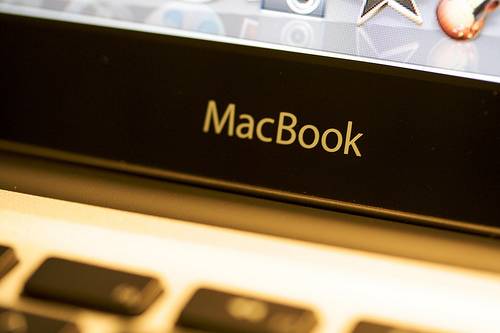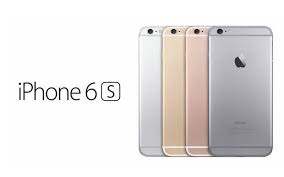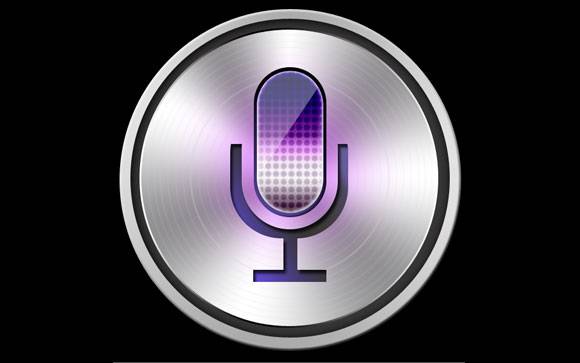California, (June, 2012)– When it comes to portable electronics, bigger is not better. From the new line of UltraBooks announced at this year’s Consumer Electronics Show to the highly anticipated MacBook Pro with Retina Display released by Apple this month, laptops are getting ever smaller and lighter to compete with the growing popularity of tablet PCs.
Yet with a smaller footprint comes limitations. When they’re impossible to upgrade and more costly to repair, is smaller truly superior?
If you are going to carry a device in your bag most everywhere you go, lightweight and durable is of paramount importance. To accommodate the increased demand for smaller, thinner, and lighter portable electronics, manufacturers are changing the way they construct laptops.
Integrated Hardware: The MacBook Pro with Retina Display released to market this month by Apple has taken the trend to an extreme. To make it super thin and lightweight, most all of the components are built in to the machine making them either impossible or very expensive to replace. The RAM is soldered to the logic board. The battery is glued to the case. The display is fused to the glass.
Integrated hardware isn’t a concept new to laptops – the majority of laptops have “on-board” video cards and PCI ports, making it impossible to upgrade the graphics capability or add ports without modifying the motherboard. These manufacturing choices reduce size and weight – gluing and welding parts together means that the space for screws and removable access covers can be eliminated.
RAM Issues: Yet it’s important for consumers to understand the limitations these design changes impose on the ability to repair or upgrade their device. RAM is the hardware item most often upgraded after purchase to extend the usability of a computer. Attaching the RAM to the logic board makes it impossible to upgrade after purchase. If a RAM module fails (this is common), you’ll likely be shipping your laptop back to Apple for it to be rebuilt with a new chip. You’ll have to max out the RAM upon purchase (and therefore pay top dollar to Apple for the upgrade on the front end), since there’ll be no increasing your system memory in two years when it starts to feel sluggish.
Battery Failure: Batteries in rechargeable electronics inevitably fail; luckily, most laptop batteries are easily replaced. Most major-manufacturer laptops have inexpensive, 3rd party batteries available that the average consumer can replace with a couple of turns of a screwdriver. When the battery is instead glued to the case, the average consumer will not be able to easily replace it. The new MacBook Pro’s battery is reported to last through 1,000 cycles of fully discharging and recharging. What happens when it inevitably dies? Replace your system, or mail it back to Apple for a new battery (estimated $200).
The Perils of Glass: Cracked screens are another common laptop problem. By fusing the display to the glass, Apple is requiring that the entire (expensive) display assembly be replaced, instead of simply the LCD.
Before you shake your fist at Apple for selling a system that requires either regular replacement (a $2,200 “disposable” laptop?) or costly manufacturer repairs when components fail (as they inevitably do), it’s important to note that Apple is not alone in moving in this direction. Therefore it’s up to you, the consumer, to decide if it’s worth the trade off. Does size and weight reduction warrant cost-prohibitive repairs and upgrades?
The MacBook Pro with Retina Display starts at $2,199 so I am loath to treat it as expendable. If you’re in the market for this unquestionably beautiful, super lightweight machine, factor the true cost. Consider maxing out RAM and storage upon purchase and adding on extended Apple care to warranty against cost-prohibitive repairs.

About The Author: Andrea Eldridge is CEO and co-founder of Nerds On Call, a computer repair company that specializes in on-site and online service for homes and businesses. Andrea is the writer of a weekly column, Nerd Chick Adventures in The Record Searchlight. She prepares TV segments for and appears regularly on CBS, CW and FOX on shows such as Good Day Sacramento, More Good Day Portland, and CBS 13 News, offering viewers technology and lifestyle tips. See Andrea in action at callnerds.com/andrea/.
About Nerds On Call: Established in a spare room in Redding, Calif., in March 2004, Nerds On Call offers on-site computer and laptop repair services to consumers and businesses. Nerds On Call provides trouble-shooting for PCs and Macs, home and office networks, printers, iPods® and MP3 players, handheld devices and cell phones, home theaters and game systems, and virtually every other form of digital entertainment. In 2009, 2010, & 2011 the company was named to Inc. magazine’s list of 5000 fastest growing private companies. With 7 locations across California and Oregon, Nerds On Call serves more than 40,000 satisfied customers per year. For more information, visit callnerds.com or call 1-800-919-NERD.


